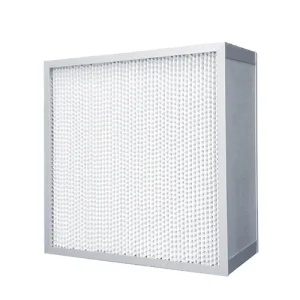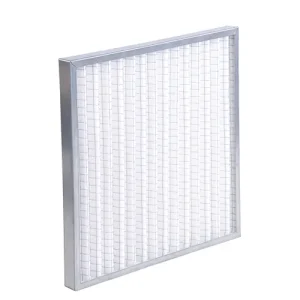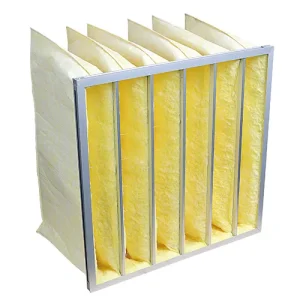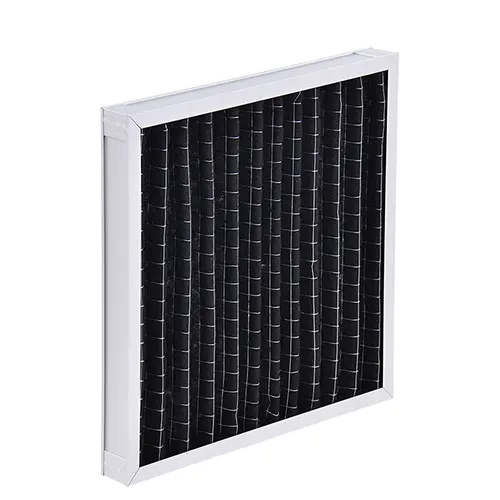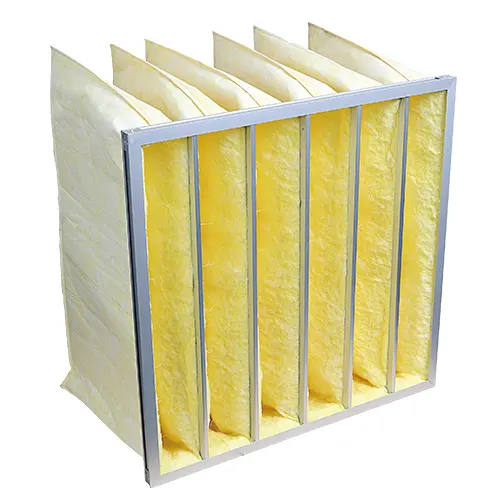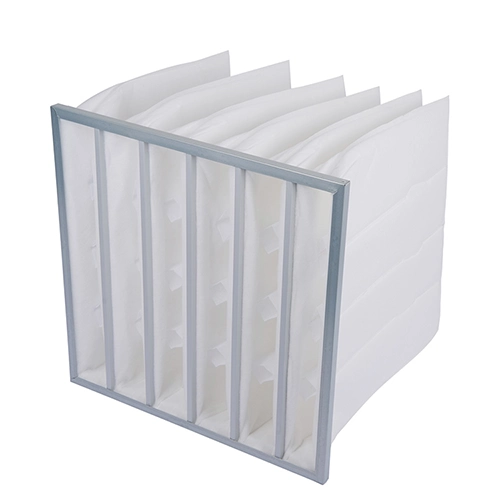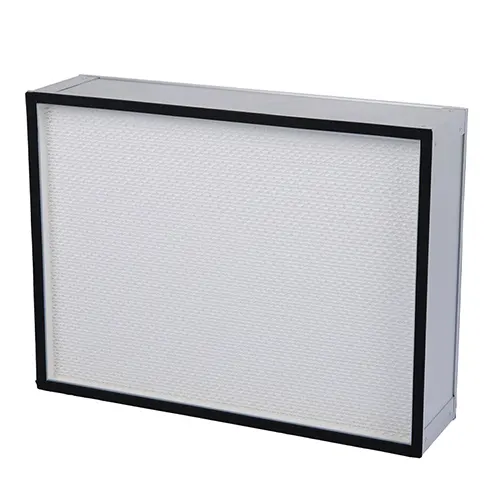Navigating the Essentials of AHU Air Filters: A Beginner’s Guide
Air quality has become a central focus in our daily lives, especially given the increasing concerns about health and well-being in personal and public spaces. The air we breathe indoors is often taken for granted, yet it can harbor a variety of pollutants that may affect our health, comfort, and productivity.
Air Handling Unit (AHU) air filters are the unsung heroes in HVAC systems, tirelessly working to remove contaminants from the air circulating through buildings. These filters are crucial in capturing dust, allergens, bacteria, and other airborne particles, ensuring that the indoor air we inhale is clean and safe.
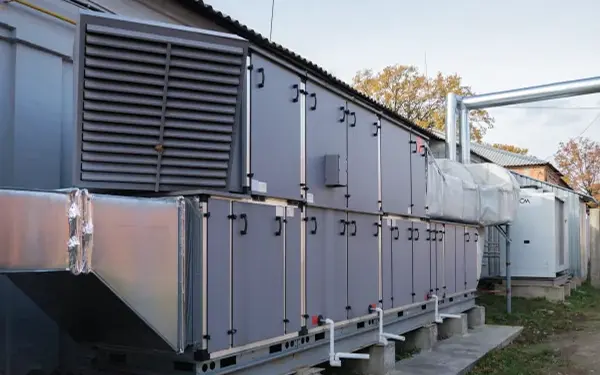 Image: Fasttest
Image: Fasttest
The Basics of AHU Air Filters
What Are AHU Filters?
Air Handling Unit (AHU) is the heart of any HVAC (Heating, Ventilation, and Air Conditioning) system—a critical component for maintaining air quality: the AHU air filter.
The primary function of these filters is to purify the air that circulates through the HVAC system, capturing and holding various airborne pollutants such as dust, pollen, molds, and sometimes even microscopic particulates, depending on the filter’s rating.
How AHU air filters work within HVAC systems
Air is drawn into the AHU within an HVAC system, where it first encounters the air filter. As the air passes through this filter, particulates are trapped in the fibrous or porous media of the filter. In contrast, the cleaned air is then either heated or cooled by the AHU before being redistributed throughout the building.
The effectiveness of this process hinges on the integrity and quality of the AHU air filter. Regular monitoring and maintenance are imperative to ensure that the system continues to provide a steady supply of fresh, clean air to the indoor environment.
Types of AHU Air Filters
AHU filters can come in different types, each with its strengths.
Pleated Air Filters: Known for their efficiency and affordability, these filters use a pleated design to trap and retain a wide range of particles, including dust and pollen. Their increased surface area allows for better air purification compared to flat filters.
Pocket Air Filters: Offering fundamental filtration, pocket air filters provide a cost-effective solution for capturing dust and common allergens. They’re a go-to choice for those seeking basic air quality improvements without a significant investment.
HEPA Air Filters: HEPA filters boast the ability to filter out 99.97% of airborne particles as tiny as 0.3 microns. They are indispensable in settings that demand the highest air purity levels, such as hospitals, laboratories, and homes of individuals with severe allergies.
MERV Ratings Explained
MERV ratings, standing for Minimum Efficiency Reporting Value, quantify a filter’s ability to capture particles of varying sizes. The scale ranges from 1 to 20, where higher numbers indicate a filter’s increased efficiency in trapping smaller particles, crucial for determining a filter’s performance.
Choosing the right MERV rating depends on the specific needs of your environment. Residential settings often require filters rated between MERV 6 and 12 for effective dust and pollen removal, while commercial and healthcare facilities might opt for MERV 13 to 20, ensuring superior air purity by capturing finer particulates.
Importance of Proper Filtration
Proper filtration in Air Handling Units (AHUs) is critical for maintaining indoor air quality, directly influencing the health of building occupants.
By effectively trapping airborne contaminants such as dust, pollen, and mold spores, AHU air filters play a pivotal role in reducing the incidence of respiratory issues and allergies.
Furthermore, choosing the right AHU air filters benefits not only health but also HVAC system efficiency. Quality filters maintain optimal airflow and prevent system wear, leading to reduced energy consumption and extending the lifespan of HVAC components.
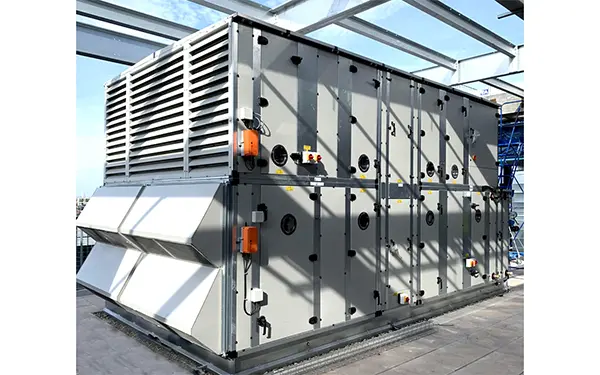
Maintenance and Replacement Tips
· Establish a routine inspection schedule to check for dust buildup and wear, which can vary based on the environment and usage intensity. Clean or replace prefilters frequently to prevent clogging and maintain optimal airflow, thereby extending the life of higher-efficiency filters downstream.
· Recognizing when to replace AHU air filters is key to maintaining air quality and system efficiency. Signs that it’s time for a replacement include visible damage or saturation with particles, decreased airflow, and an unexplained increase in energy use by the HVAC system.
· An increase in dust accumulation within the premises or worsening allergy symptoms among occupants can also signal that the current filters are no longer effective. Adhering to these maintenance and replacement practices will ensure your HVAC system continues to provide clean, healthy air efficiently.
Conclusion
Navigating the essentials of AHU air filters is key to improving indoor air quality and HVAC system performance.
Understanding the function, types, and critical role of MERV ratings in selecting the right air filter ensures that your system provides clean air efficiently. Regular maintenance and recognizing the signs of filter replacement further enhances system longevity and air purity.
Talk to our filter experts if you have questions about HVAC system filtration. We’re dedicated to address all the air filtration-related challenges.
